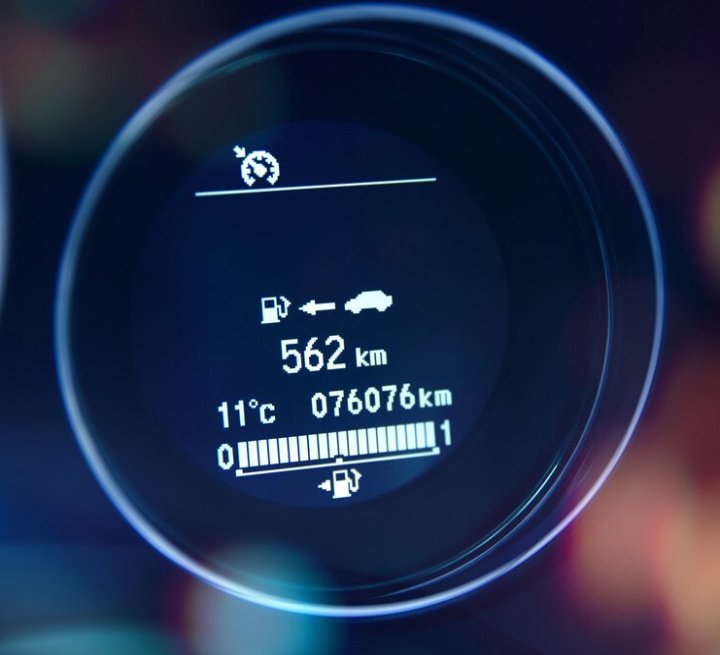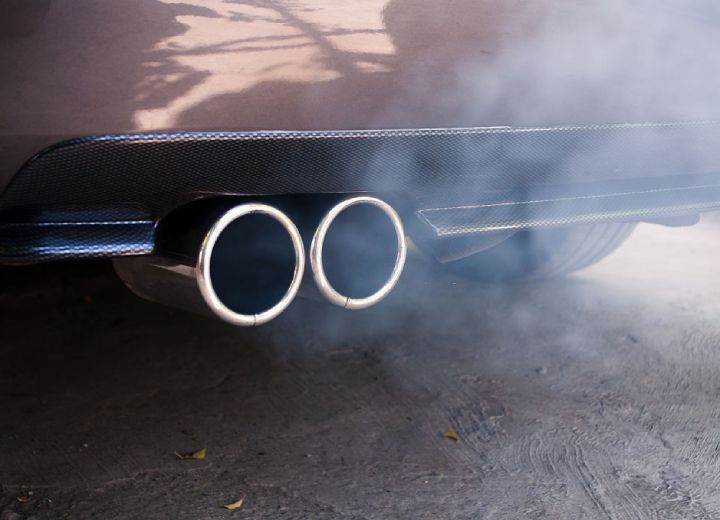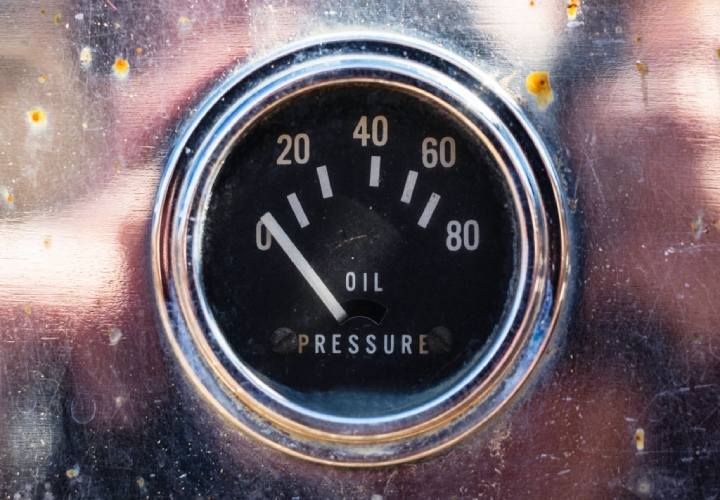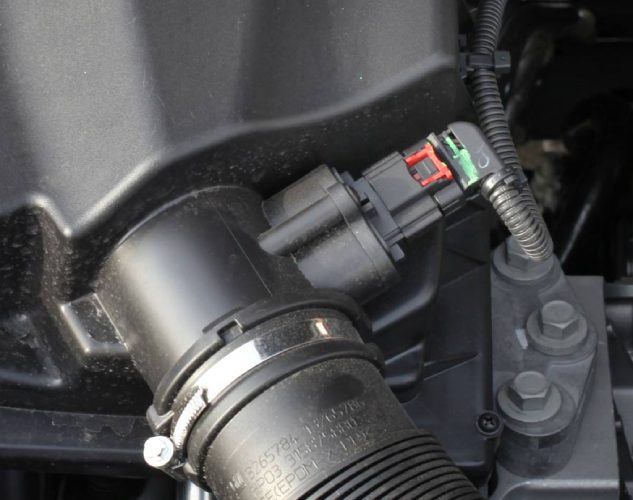This article will discuss a temporary fix that can help you get to your destination or drive your car for a short distance when your oxygen sensor fails. This fix can be done by everyone who likes DIY tasks and has some basic tools.
When you have a bad O2 sensor, it is possible to have the sensor fixed temporarily, and this is if you have a dummy sensor. The dummy sensor helps you bypass the computer system warning and allows you to drive your vehicle without experiencing many symptoms for a short time. Take advantage of the short time because it cannot be used as a permanent replacement for your sensor.
If you drive too long with a dummy sensor, the computer system will detect it, and the symptoms and engine light will appear again. Try and get your o2 sensor replaced as soon as possible while using the dummy.
Is There A Temporary Fix For A Bad O2 Sensor?
It is possible to get a temporary fix for your O2 sensor, but some mechanics don’t recommend it. The O2 sensor is responsible for giving your vehicle’s computer system accurate information about the oxygen level in the air-fuel mix burnt in the engine’s combustion system. The sensors allow the engine to make any necessary changes if it does not have enough oxygen or too much oxygen.
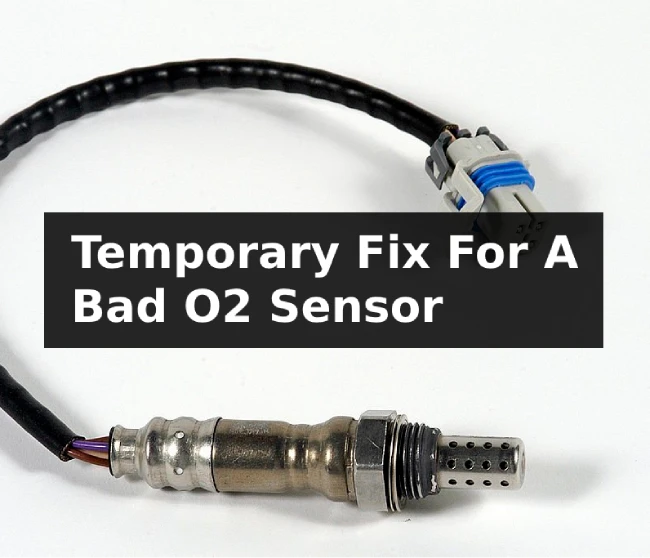
You can find the O2 sensor mounting within the exhaust manifold. Here it can measure the amount of oxygen the engine is getting through the exhaust gases coming from the exhaust manifold.
Just like any other part of the vehicle, the sensor can get damaged or simply malfunction do to wear and tear. When the sensor gets damaged, it comes with many symptoms like engine misfiring, rough idle and stalling, a drop in the engine power, noise, and many more. These symptoms make driving the vehicle a real challenge, which is why a temporary fix may be helpful in some scenarios.
A temporary fix to your oxygen sensor can get you out of a difficult situation and at least get you to a safe place where you can get the sensor replaced. It is important to limit temporary fixes for a short time; it is done to allow your Powertrain Control Module not to notice the O2 sensor is bad or missing by installing a dummy sensor.
How Can I Temporarily Fix My O2 Sensor?
To have a temporary fix on your O2 sensor, you will have to disconnect the damaged O2 sensor and install a dummy O2 sensor. Doing this is quite easy and does not require any professional assistance. You will need basic mechanical tools, the dummy sensor, and a detailed step to get it done easily.
To get started, you will need to follow the steps below.
01. Get the Car Ready
You will first have to park your vehicle in a safe environment and leave the vehicle to cool down for at least half an hour. If you have been driving for a long time, the exhaust system will take up to an hour to cool down.
After the vehicle has cooled down, you can disconnect the battery’s negative terminal. Doing this will prevent any electric surge from happening when replacing the sensor.
02. Lift the Car
After you have disconnected the battery, go ahead and lift your vehicle. If you are going under the vehicle, avoid using the regular jack you can find in the truck of your vehicle. It is not safe and I always recommend using proper lifting equipment.
03. Disconnect the Oxygen Sensor
The next step is to find the oxygen sensor now that you have properly lifted the vehicle. You will have to get under the vehicle. You should be able to find it at a point in the exhaust system. You may be able to find it inside the catalytic converter sometimes. In some other vehicle brands, it could be after the catalytic converter. Cars that have the oxygen sensor mounted behind the catalytic converter, will usually have a second oxygen sensor.
Once you can locate the sensor, go ahead and carefully disconnect the sensor. Carefully unplug every wire, as it can be easy to damage them. Squeeze the tab on the wiring to release the sensor, then turn the o2 sensor counterclockwise until it comes off.
04. Install a Dummy Sensor
This stage is the major part of this procedure now that you have disconnected the bad o2 sensor. Fitting in the temporary sensor should be easy. It is just like the reverse process of removing the sensor.
Place the dummy sensor into the housing and turn it clockwise. Ensure that you are squeezing the tab in place. Connect the sensor wiring and double-check that they are connected properly.
05. Lower the Vehicle
Once you have successfully installed the dummy o2 sensor, you will have to lower your vehicle back to position and return all equipment to the necessary position it is meant to be. After this, it is time to connect back your battery.
Check the engine light to see if it is still illuminated. By now, the check engine light should have gone. Ensure that even if the light and the symptoms are gone, you must get an o2 sensor replacement as soon as possible. Driving with a dummy oxygen sensor is only recommended to get the vehicle to a repair garage or finish the journey.
If you are still having trouble replacing your o2 sensor, here’s a video showing the entire process on a Toyota RAV-4. While the procedure might be slightly different on other cars, the steps are the same.
What Happens If You Keep Driving With A Bad O2 Sensor?
Driving with a bad o2 sensor comes with some common symptom that affects the vehicle’s driving experience. Some of the symptoms may include the following.
01. Poor Engine Performance
A decline in your engine performance is an immediate symptom you will notice when your o2 sensor malfunctions. The oxygen sensor serves as a means of supplying data to the vehicle’s computer system about the oxygen present in the combustion system. This information is used to determine the level of air the intake will take in to meet the oxygen requirement in the engine.
Once the o2 sensor fails, the computer system will be supplied with erroneous data regarding the oxygen level present in the combustion chamber. The intake will not be able to provide the engine with sufficient oxygen to produce the right amount of power. It will result in the engine underperforming, and a power drop.
02. High Fuel Consumption
The second most common symptom of a faulty o2 sensor is a drop in fuel efficiency. Fuel consumption will increase since the computer system has yet to learn about the level of oxygen going into the engine system. There will be a drop in power production. The computer system will have to find a way to compensate for the lack of oxygen in the engine. It sends in more fuel to meet the power demands, making the engine run rich and increasing the engine consumption of fuel.
03. Rough Idling
Rough idling is another symptom of driving with a faulty oxygen sensor. Your engine will grind and vibrate whenever you hit the gas and let out a loud noise that could be embarrassing. When the engine continues like this, it could lead to serious damage. Important components of the engine may begin to fail, bringing in a hefty repair bill.
You will also experience other problems like engine backfire, which shows that there is a serious issue going on with the engine. Black smoke will come out of the engine as you hit the gas, which is a possible indication that your vehicle might not pass the emission test.
How Long Can I Drive With A Bad O2 Sensor?
There is no exact answer as to how long you might be able to drive with a bad or dummy oxygen sensor. The general rule of thumb is to avoid driving the vehicle. The o2 sensor plays an important role in the proper functioning of the engine system. Once this role is not carried out, it could cause all sorts of problems in the engine system.
Driving with a faulty o2 sensor will put at risk every engine component, resulting in premature wear and high repair costs. The symptoms caused by a bad oxygen sensor will also make the car harder to drive and less fuel efficient.
As soon as you notice that your car’s o2 sensor has failed, you need to get it replaced immediately. If you are not able to have it replaced, I recommend avoiding driving the car until it gets fixed.
What Happens If I Unplug My O2 Sensor?
Driving a vehicle with a disconnected o2 sensor is as bad as driving one with a faulty sensor. The computer needs the engine’s oxygen information to give an accurate air-fuel mixture. Once you disconnect the o2 sensor, the void will still be there.
Although the engine will start and the vehicle might be drivable, you should not disconnect the o2 sensor except when replacing it immediately or parking the vehicle until it is replaced.
Will A Bad O2 Sensor Cause My Car To Shut Off?
When the o2 sensor is malfunctioning, the engine will stall, and in some cause, it will shut off. As a result of the disruption in the air-fuel ratio, the engine is most likely to produce less power or combustion to keep the car going.
When your engine reaches the stage where it starts shutting off periodically, it is a sign that some parts of the engine are already failing. In this case, you need to stop driving your vehicle immediately to avoid causing any further damage to it. Also, seek professional help to ensure that the engine has all parts intact after installing the new sensor, especially if you drove your vehicle with a damaged sensor.
Conclusion
If your car’s oxygen sensor is damaged or not working properly, it can have a negative effect on your vehicle’s performance. As discussed, you may notice a decrease in fuel efficiency and poor engine performance. While it is possible to drive with a bad or dummy oxygen sensor for a short period of time, it is not recommended. If you suspect that your oxygen sensor may be failing, take your car to a mechanic for diagnosis and repair.
Mark is a senior editor for Mechanic Ask, creating tech-focused articles about diagnostics, tools, and new auto servicing methods. He attends industry shows to stay current. With a mechanical engineering degree, Mark is able to translate complex technical details into explanations understandable for shop owners and technicians. His articles help shops improve processes, reduce costs, and boost productivity.

